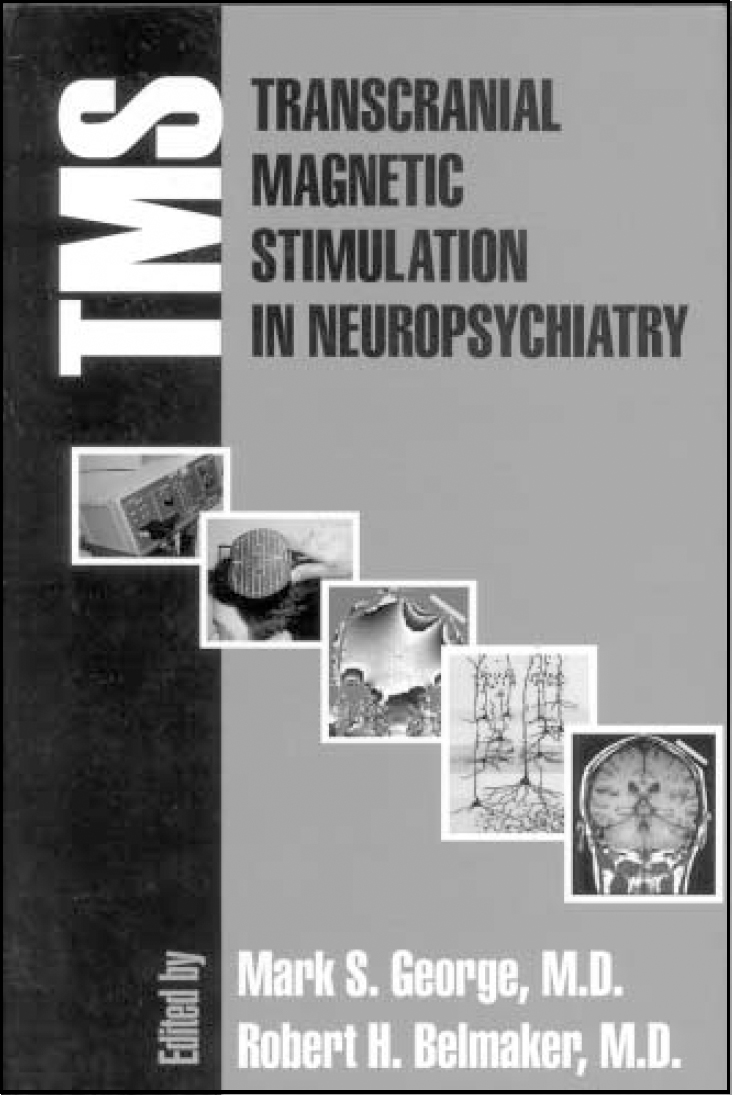The notion that transcranial magnetic stimulation (TMS) is an exciting topic for research and clinic has gained widespread currency in recent years. This may be because of its vaguely ‘New Age’ connotation (p. 9), or because of hopes of finding an alternative to physical treatments with a poor public image, such as electro-convulsive therapy (ECT). In the UK, the Institute for National Health Service Research and Development's Health Technology Assessment Programme has, for example, decided to commission a study comparing TMS with ECT, a clear sign not only that the policy-makers have taken note, but also that research planning is driven by factors external to the logic of the scientific process.

The editors have assembled a number of the most active workers from the USA, Israel and Germany, who give an up-to-date description of the field. Basic sciences are covered well by Bohning, a pioneer of the use of TMS in combination with (functional) magnetic resonance imaging, and Belmaker et al, who deal with the basic pharmacology of the method. Practical issues, such as safety, are comprehensively presented. One of the most informative chapters is that of Ziemann on basic neurophysiological studies. The book redresses the imbalance created by the clinical impatience to apply the method to treatment — most serious TMS research at the moment is still preoccupied with mechanisms of action and brain physiology, and it is here that substantive results appear to be forthcoming.
Clinical chapters extensively quote studies that have so far appeared only in abstract form. Although this is a consequence of the relative sluggishness of the publication process in a quickly moving field, it makes some of these chapters appear impressionistic and almost journalistic in style. If the presented results are taken with the necessary pinch of salt, they can flag up areas of interest that the concerned reader can follow up. In addition, the experience and perspicacity of the authors makes it likely that cited preliminary results may have reached maturity even in the interval between the proof stage of the book and publication. An example of this is the use of low-frequency TMS in hallucinations, which has now been published in the Lancet (Reference Hoffman, Boutros and HuHoffman et al, 2000).
This is a stimulating book, useful for the research worker who wants a quick update on the field, and for the trainee and clinician who want to participate in the debate or in research planning; and it is a must for anybody wanting to use TMS in research or clinic.





eLetters
No eLetters have been published for this article.